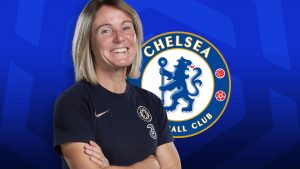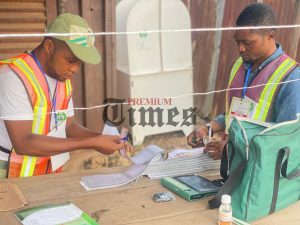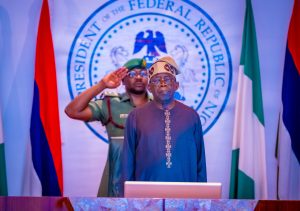Column: The ‘no-win’ Olympics gets another chance
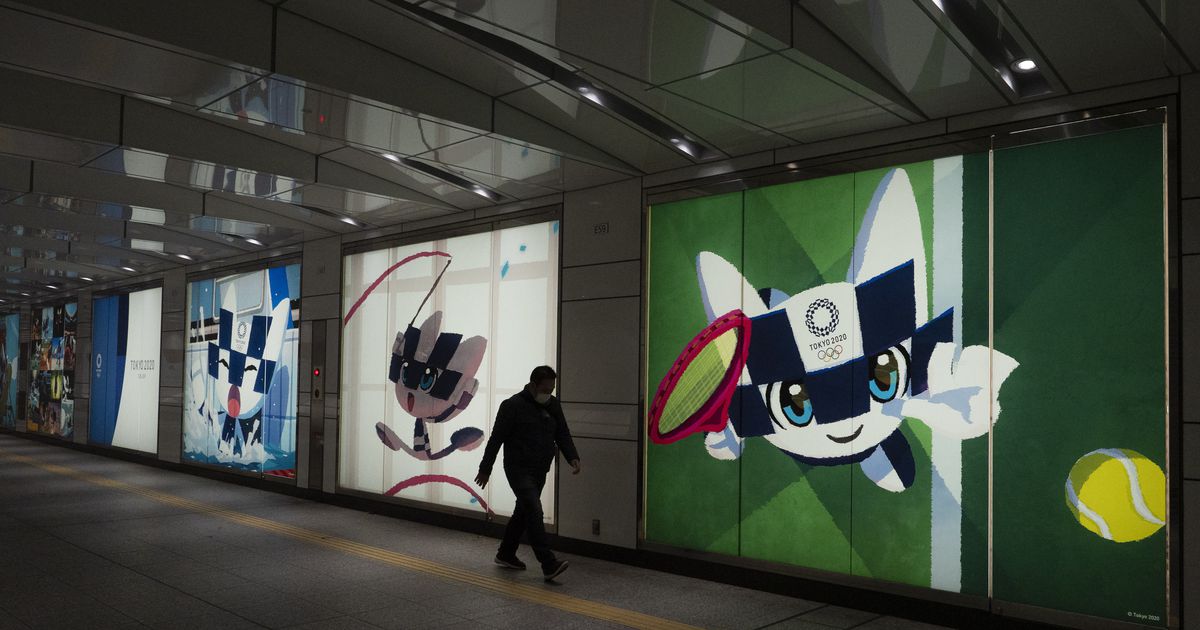
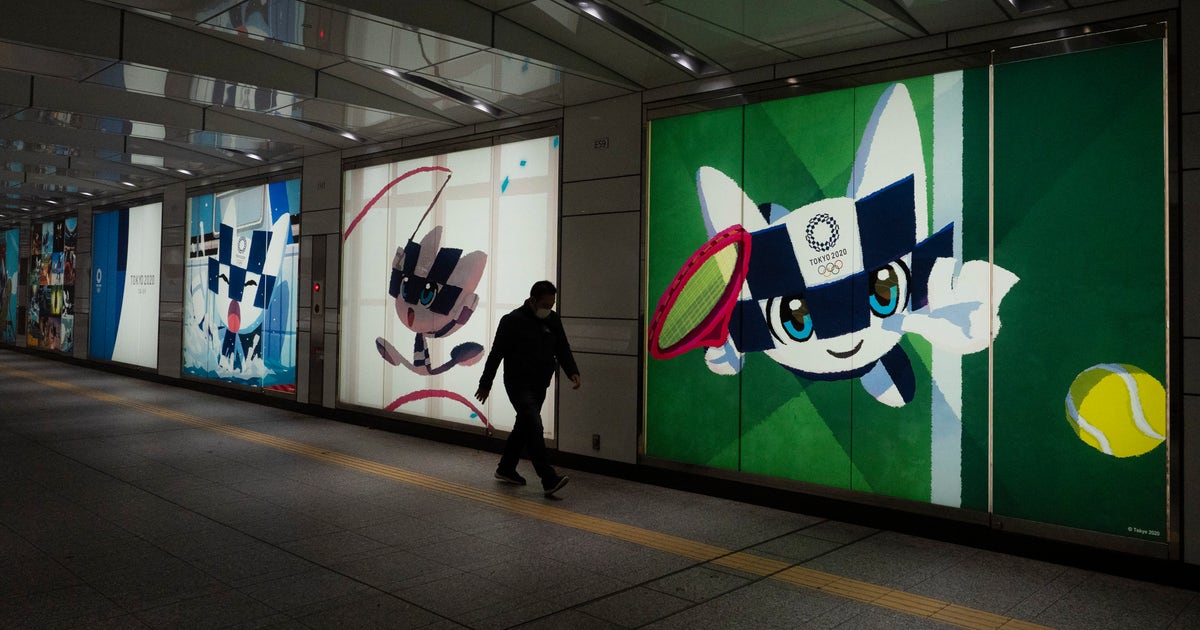
Money talks, which is the short answer for why it took this long for the swells at the International Olympic Committee to listen to reason.
For weeks, IOC leaders framed their refusal to shut down Tokyo 2020 as a noble cause instead of a cash grab. But that’s because they could afford to. Five days earlier, asked whether postponing the games would hurt the committee’s ability to pay its bills on time, president Thomas Bach didn’t have to think long.
“The IOC has no cash flow problems,” he replied.
Never mind that the very same athletes who actually make the games go were expected to continue sacrificing and put their lives on hold in the meantime. U.S. fencer Kat Holmes, to name one, was set to begin medical school this fall and won’t know for some time when — or whether — she’ll be able to compete in 2021.
“I didn’t come this far not to give 100 percent at the Olympics,” she said, adding a moment later, “I don’t want to go into my first year of med school without committing 100 percent either.”
But it wasn’t the tales about tough choices like Holmes’ or the photos and videos of world-class competitors reduced to lifting weights in empty parking lots, or banging volleyballs off a board set up in the backyard, that finally convinced the IOC and Japanese organizers to pull the plug. It wasn’t even the threats from Australia and Canada to stay away, or the growing reluctance of the U.S. Olympic Committee to take part. It was simple math.
The reported cost to stage Tokyo 2020 was already upwards of $28 billion. In the same New York Times interview where Bach acknowledged the IOC had plenty of money on hand, he also conceded delaying the games by a year or two posed no real threat to its long-term viability, either.
“We have our risk management policies in place and our insurance and this will make it possible for us to continue our operations and organize future Olympic Games,” Bach said.
“Hide the empty seats” is a popular dictate in the TV sports industry, something executives remind producers and directors about all the time. It’s based on the idea that if only so many fans turned up in the stands, why would a viewer bother to watch?
Well, a cobbled-together Olympics this July would have made hiding anything impossible. It was already a logistical nightmare. With nearly every sport suspending play in the wake of the pandemic, more than two-thirds of the 11,000 potential Olympians from 200 countries still hadn’t qualified. There’s no way to know how many of them, not to mention Olympic officials, spectators and corporate sponsors and their clients would have begged off with concerns about safety.
But it’s a safe bet that when Bach laid out the spreadsheets alongside the risk-management and insurance policies, he and the rest of the IOC brass concluded they’d be risking a lot more of their nest egg by going ahead this year instead of next.
A few days ago, he asked for four weeks to make that assessment. Instead of apologizing for stringing people along, Bach came back in two days, still pushing the myth that “the Olympic flame could become the light at the end of the tunnel in which the world finds itself at present.”
Whatever.
The saving grace is that not everything is about money. Most Olympic athletes make plenty of sacrifices without expectations of getting rich. For every LeBron James and Simone Biles, whose last go-round at an Olympics may have evaporated because of the postponement, there are hundreds, maybe thousands of Olympic athletes who will use it as fuel.
Good facilities and enough time to train as is much as most ask for, and nearly all the reactions that rolled in after Tuesday’s announcement were expressions of relief and a promise to double down on effort.
“The ground never changes,” said David Brown, the Paralympic 100-meter gold medalist at Rio 2016 and the unquestioned fastest blind man on the planet.
“They finally canceled, so now what?” he asked, then answered his own question. “Time to grind.”
“This will allow us to train even harder and find the things we were lacking,” echoed Jerome Avery, Brown’s guide runner and a former Olympic sprint hopeful himself.
In the next breath, both men concede they’ve got it relatively good, especially compared to many of their competitors. They train and live at U.S. Olympic center in Chula Vista, California, and sponsors like On, a Swiss sportswear manufacturer that backs Brown, help to cover his other expenses.
“The one thing that’s changed for us these last couple weeks is we don’t run tethered together,” Brown said, laughing. “You know, social distancing and all.”




